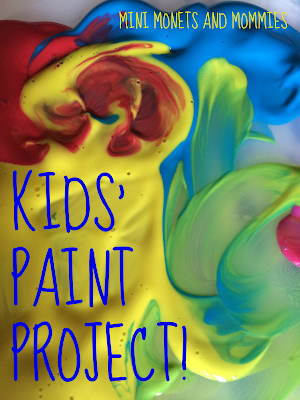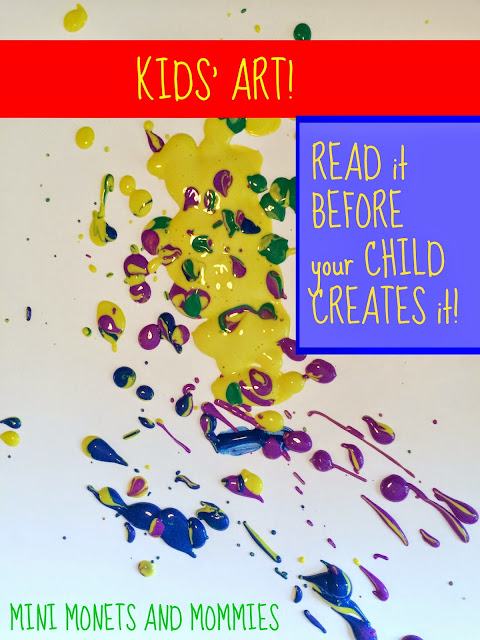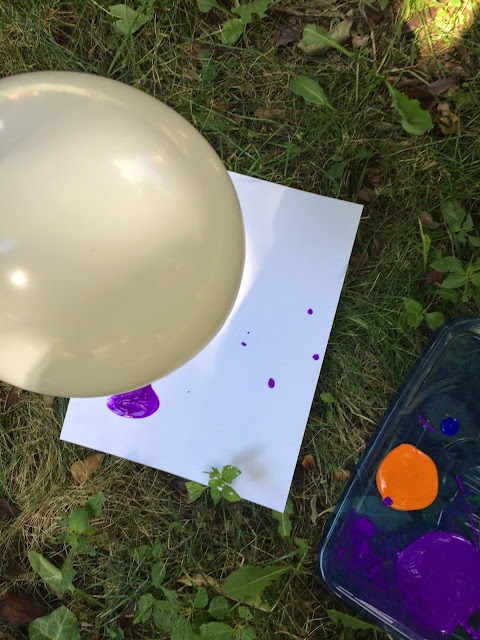My son went to preschool. Even though he had already
gone to a school (it was only a few afternoons a week), when he got on the big
yellow bus to go to kindergarten, I cried. It’s funny, as I was thinking about
that day I ran into an old neighbor who had moved years ago. Our kids were the
same age and when they were younger (they’re tweens and teens now) we spent almost
every day together at the park, the pool or each other’s homes. We also spent
the first day of school together. We waved good-bye to our kids together and
then went to her house – both with tears in our eyes. Even though this sounds
super-sad now, a few weeks into the school year we weren’t crying together. We
had very much begun to enjoy the fact that we had time to talk about “grown-up”
stuff without having to spell certain words out.
If you’re worried how you will react to your child’s
school debut, don’t stress – it’s completely normal. Before you pack his book
bag, hand over his lunch box and send him on his merry little way, try out a
parent-child back to school bus craft. Not only will it provide some quality
bonding time for both of you, but it will give you a lasting memento to look at
when he’s away at school all day.
Here’s What You’ll Need:
·
Card stock paper
·
Scissors
·
Markers
·
Tempera paints – Yellow, red and blue
·
A paint palette—I reused the plastic lid
from a large-sized coffee can.
·
One photo of you and one of your child
·
Clear drying school glue
Here’s What to Do:
1. Cut
shapes from the paper. Use one 8x11-inch piece of paper (horizontally) as the
body of the bus. Cut a square as the front of the book and two circles for
wheels. Take the opportunity to review these basic geometric forms with your
child.
2. Glue
the square to the front of the rectangle (right side) and the two circles at
the bottom.
3. Draw
windows on the front and body of the bus. Have your child free-hand these to
practice drawing shapes.
4. Now
it’s time to get crafting together. Pour a golf ball-sized pool of yellow paint
onto the palette or lid. Each of you should dip one finger into the paint.
Finger print the bus together.
5. Paint
print the wheels and the windows. Pour pools of the other colors to finger
paint the rest of the bus. Your child can mix the primary colors to get the
secondaries – orange, green and purple.
6. Trim
the photos of yourself and your child. Cut out the heads.
7. Attach
the photo heads to the bus. Glue your photo in the driver’s seat and your child’s
in the body of the bus.
Are you looking for more creative crafts to try with
your child? Follow my Pinterest board for ideas or like the Mini Monets andMommies Facebook page!
Follow Mini Monets and Mommies's board Creative Kids Crafts on Pinterest.





.JPG)










.JPG)







.JPG)




.JPG)














.JPG)